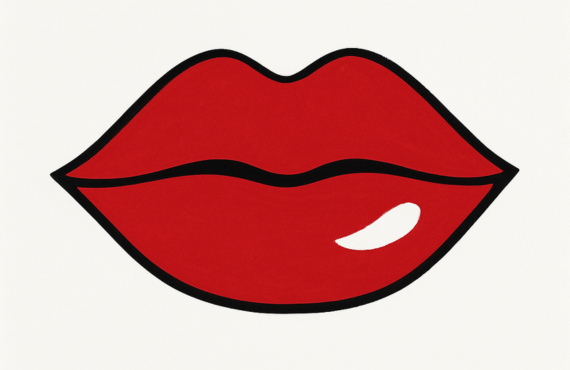
When purchasing used bags and shoes, I regularly encounter surprises. For example, I recently bought a pair of brand new ankle strap shoes by Spanish brand Camper and I wondered why they were so cheap. I couldn't find a single flaw in it. At home it soon became apparent that I had been fooled: the polyurethane soles were broken in half in several places, down to the insole. Repair costs; at least €100.
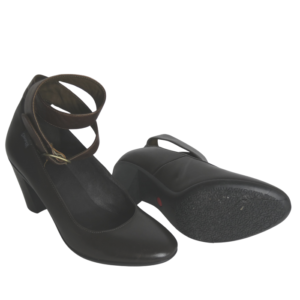
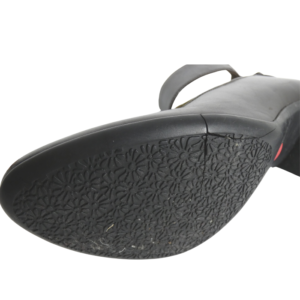
Camper Mary-Jane's with broken soles Photo: Waardevol d’Ing
A nice surprise were the Kennel & Schmengel creepers, whose insoles from another, semi-orthopedic shoe brand had misled me. I was already amazed by the model and the fashionable glitter suede, but the penny dropped when I removed the soles.
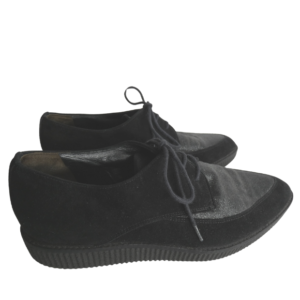
Kennel & Schmenger creepers. Photo: Valuable th'Ing
And then there are the surprises like personal belongings or documents left in bags. For example, I have found a gold baby bracelet in a backpack (please let the owner come forward!) and certificates of authenticity for diamonds from a jeweler in Roosendaal (unfortunately without the diamonds). In some cases I also find the receipt inside the bag, including date and price.
But the nicest surprise so far is the small piece of paper in an inner compartment of a black 1950's hand bag.. At first glance I thought it was a receipt, but the text on the piece of paper seemed to be a warranty certificate more likely.
The yellowed paper has been cut or cut crooked and measures 6.5 x 4 centimeters. On one side a text is printed: En cas de non satisfactión, prière de joindre ce bulletin de garantie a l’étui presenté à l’échange. Pour Benelux: ROUGE BAISER paul baudecroux Menin (Belgique) Numéro de contrôle Y. The date is stamped on the back: rouge baiser 27 Oct 1951 – Menin -.
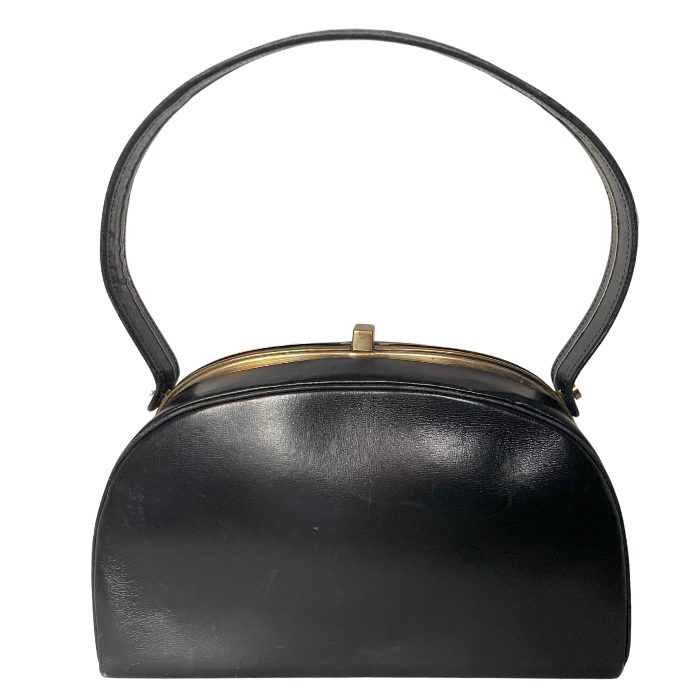
The black handbag from the 1950s. Photo: Valuable th'Ing
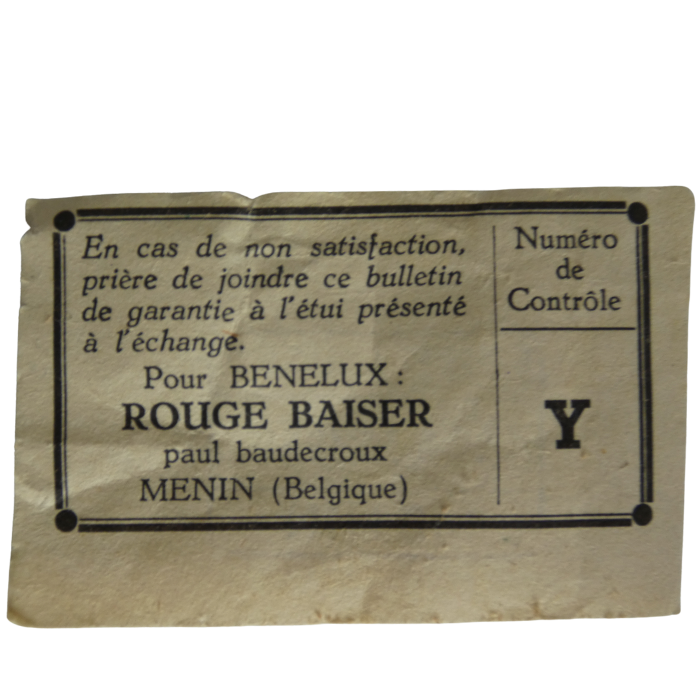
The newspaper clipping in the handbag. Photo: Valuable th'Ing
The bag itself has no markings or labels whatsoever, so I was happy; origin and dating solved in one go by the warranty certificate in the inside box! Naturally, I immediately looked on the Internet for the company Rouge Baiser and Mr. Paul Baudecroux in Menin. I gave myself little chance to find anything about this company and Mr. Baudecroix after more than 70 years, but to my surprise numerous hits rolled across my laptop screen. Unfortunately not from a bag retailer named Rouge Baiser but from a…. lipstick manufacturer!
And not just any lipstick manufacturer, but one that developed an iconic lipstick that all of Hollywood fell for. Chemist Paul Baudecroix developed an innovative stay-on lipstick in 1920s Paris with the enchanting name L'Authentique. This lipstick with its beautiful casing came in a box with the text: permet de baiser (in English: let's kiss). By the way: when I checked my French in Google translate, a translation came out that left a little less to the imagination, but that's besides the point.
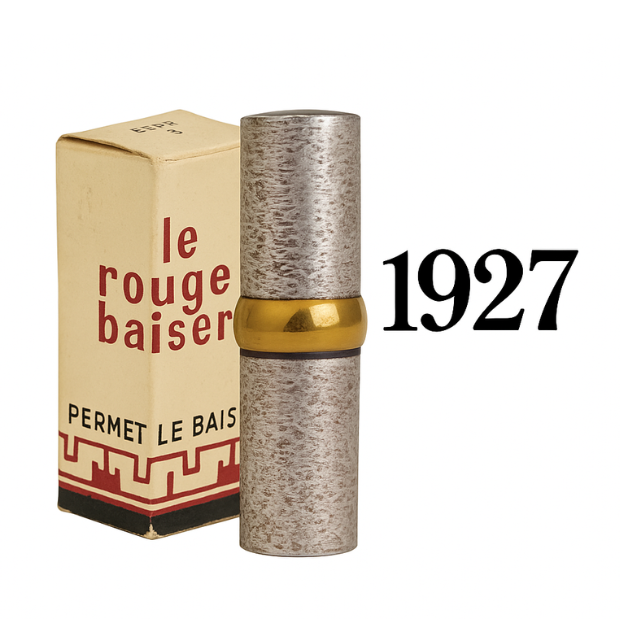
Why am I dedicating a blog to a piece of paper and a lipstick? Well, because on the website of Rouge Baiser I came across some beautiful logos that I couldn't ignore. These logos were all created by the original Italian fashion illustrator René Gruau. He worked for all the major fashion magazines, but also for couturiers such as Elsa Schiaparelli, Christian Dior, Balenciaga and so on. Partly thanks to his illustrations, Paul Baudecroix's lipstick quickly became a hit on the other side of the Atlantic Ocean and therefore also on the lips of leading Hollywood actresses. Red lips became both sophisticated and sexy overnight.
So I can imagine that in the early 1950s, after years of war woes and the long-lasting scarcity, this woman or girl enjoyed The New Look introduced by the French couturier Christian Dior. With this sweet bag and her Hollywood lipstick, she could undoubtedly imagine herself as wildly attractive and irresistible as her idols on the silver screen.
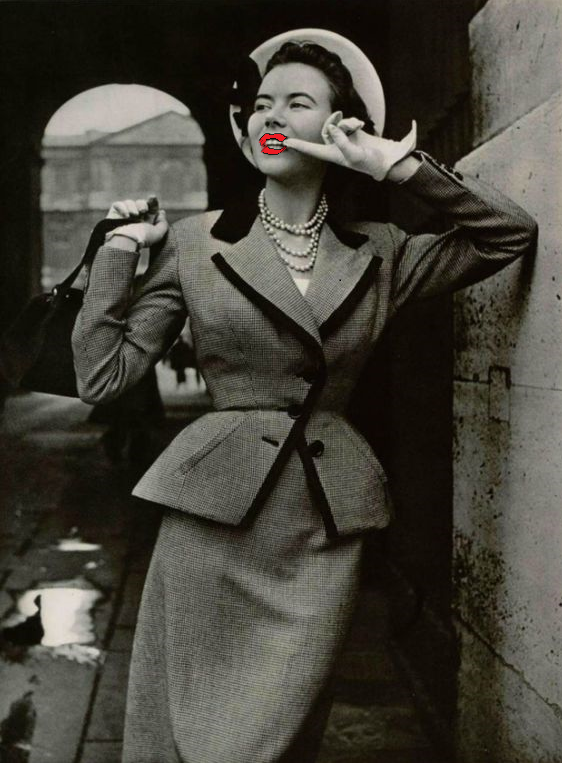
And so you see, an old ad for a lipstick can still set a woman's imagination running wild 70 years later. It makes the bag even more fun for me.